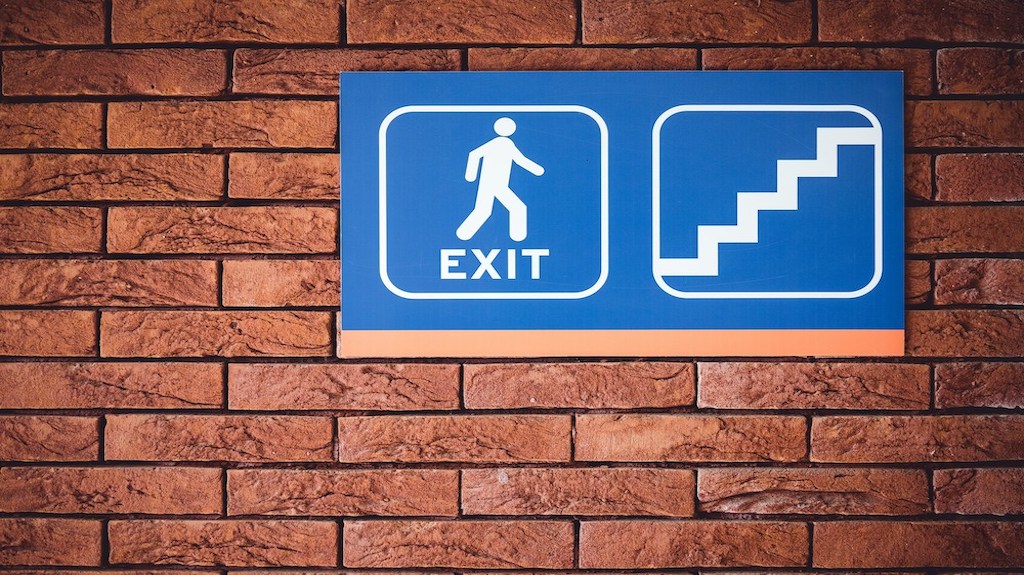Safety should be a top priority in any workplace. Implementing a comprehensive safety rescue plan can help prevent accidents, injuries, and fatalities. In this post, we will discuss three different types, along with the considerations needed to develop these safety rescue plans.
To jump ahead to the next section, simply click on the title below:
Is your workplace in need of a safety rescue plan? ACUTE offers a variety of training courses to help employees learn how to not only react in the event of an emergency but also to help prevent one from happening in the first place. Contact ACUTE today to find out more!
Essential Safety Plans for Every Workplace

When it comes to your workplace, safety should never be compromised. Implementing comprehensive safety plans is crucial to protecting your employees and maintaining a positive workplace culture.
Here are three essential safety rescue plans that every business should have in place:
1. Fire Safety Plan
A fire safety rescue plan outlines the procedures to be followed in the event of a fire. It includes evacuation routes, emergency contact information, and responsibilities for each employee.
Workplaces with greater need:
- Manufacturing facilities: Due to the presence of flammable materials and machinery.
- Warehouses: High storage density and potential for combustible materials.
- Healthcare facilities: Occupancy loads and potential for medical emergencies.
- Schools and universities: Large numbers of people, especially children and young adults.

A fire safety rescue plan should include visible exits.
Considerations for a fire safety plan:
- Inspect your workplace: Identify anything that could be a potential fire hazard such as electrical equipment, flammable materials, and designated smoking areas.
- Evacuation routes: Clearly mark and maintain escape routes.
- Emergency exits: Ensure all emergency exits are accessible and unobstructed.
- Fire extinguishers: Provide appropriate fire extinguishers in strategic locations.
- Fire alarms: Install and regularly test smoke detectors and fire alarms.
- Employee training: Conduct regular fire drills and safety training for all employees.
2. Hazardous Material Spill Plan
A hazardous material spill plan outlines procedures for handling and cleaning up spills of dangerous substances. This plan is crucial for businesses that handle or store hazardous materials.
Workplaces with greater need:
- Chemical plants: Handle and store a variety of hazardous chemicals.
- Laboratories: Work with hazardous materials for research or testing.
- Automotive repair shops: Handle and store flammable liquids and other hazardous materials.
- Construction sites: May use or store hazardous materials, such as paints, solvents, and adhesives.

It’s crucial that employees who handle hazardous materials be properly trained.
Considerations for a hazardous material spill plan:
- Identification of hazards: Identify all hazardous materials present in the workplace.
- Emergency response team: Establish a team trained to handle hazardous material spills.
- Spill kits: Provide appropriate spill kits in areas where spills are likely to occur.
- Emergency procedures: Develop procedures for containing, cleaning up, and reporting spills.
- Employee training: Train employees on how to identify, handle, and report hazardous materials.
3. Fall Safety Plan
A fall safety rescue plan outlines procedures to prevent falls and mitigate the consequences of falls that do occur. This plan is essential for businesses with elevated work areas or potential fall hazards.
Workplaces with greater need:
- Construction sites: Workers often work at heights, posing a significant fall risk.
- Manufacturing facilities: Elevated platforms and catwalks can create fall hazards.
- Warehouses: Forklifts and other equipment can create fall risks.
- Roofing contractors: Work on roofs, which are inherently dangerous.

PPE should always be worn when working on elevated platforms.
Considerations for a fall safety plan:
- Fall hazard assessment: Identify all potential fall hazards in the workplace.
- Guardrails and barriers: Install guardrails and barriers to prevent falls.
- Personal protective equipment (PPE): Provide and require employees to wear appropriate PPE, such as safety harnesses and helmets.
- Safe work practices: Develop and enforce safe work procedures to prevent falls.
- Emergency response: Have a plan in place for responding to falls and providing medical assistance.
- Education: Ensure your workers are properly trained in elevated work platforms.
By implementing these three safety rescue plans, businesses can create a safer and more secure workplace for their employees. It’s important to review and update these plans regularly to ensure they remain effective and compliant with all relevant regulations.
Why Choose ACUTE For Your Safety Training?

- Personalized Approach: Our experienced instructors build strong relationships with clients, creating an open and supportive learning environment.
- Industry Expertise: Serving a diverse range of industries, we bring the best safety practices to every training session.
- Proven Track Record: With over 200 years of combined experience, our team offers practical solutions backed by our positive Google reviews.
Ready to invest in your team’s safety? Contact ACUTE today!

